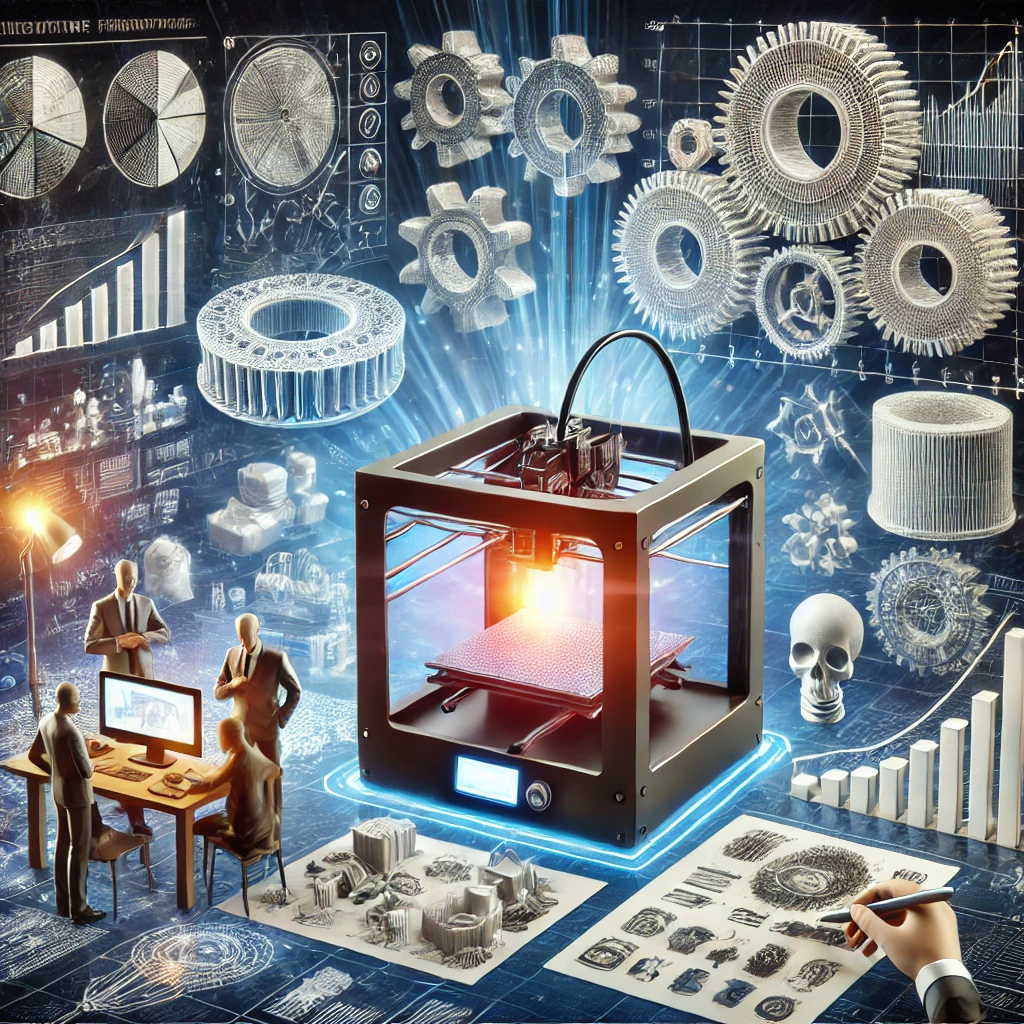How Is 3D Printing Useful for Innovation?
Article Source: The Role of 3D Printing in the Innovation Process

Why You Should Care
3D printing is changing how we create and innovate. It allows for faster prototyping, reducing the time it takes to bring new ideas to life. This technology is important because it helps companies test and improve products more efficiently, leading to better innovations and quicker market entry.
Answering the Question… How Is 3D Printing Useful for Innovation?
3D printing is highly effective in innovation because it allows for rapid prototyping and design iteration. The study found that using 3D printing can reduce the time to develop a prototype by up to 75%, allowing companies to test and refine their products much faster. This rapid development cycle can lead to more innovative and competitive products in the market.
How Was the Study Done?
Researchers analyzed the use of 3D printing across various industries by reviewing case studies and conducting interviews with industry professionals. They focused on how companies used 3D printing to speed up the design and testing phases of product development, comparing it with traditional manufacturing methods.
What Was Discovered?
- Speed of Prototyping: 3D printing can significantly speed up the prototyping process. The study found that, on average, the development time for prototypes was reduced by 60-75% when using 3D printing compared to traditional methods. This allows companies to go through multiple design iterations quickly, leading to better final products.
- Cost Efficiency: The study discovered that 3D printing can cut prototyping costs by 50-70%. This cost reduction is due to the elimination of expensive molds and the ability to produce parts on demand, which reduces the need for large inventories and the associated costs.
- Customization and Flexibility: One of the major advantages highlighted was the ability of 3D printing to easily customize products. The study found that companies using 3D printing could offer tailored products to consumers with minimal additional cost, increasing their market competitiveness by up to 30%.
- Material Savings: Unlike traditional subtractive manufacturing, 3D printing is an additive process, which means it creates objects layer by layer. This method results in significantly less material waste—by up to 90% in some cases—leading to a more sustainable and cost-effective production process.
- Innovation Boost: Companies that adopted 3D printing reported a 40% increase in their capacity to innovate. This increase was linked to the ability to rapidly test new ideas without the high costs and long lead times associated with traditional manufacturing methods. The flexibility of 3D printing allows for experimenting with complex geometries and new materials that were previously too costly or impossible to explore.
- Reduced Time to Market: The research found that the time it takes for products to reach the market was reduced by approximately 50%. This acceleration is crucial in industries like consumer electronics and medical devices, where being first to market can provide a significant competitive advantage.
Why Does It Matter?
3D printing is not just a tool for making prototypes; it's a game-changer for innovation. By allowing companies to develop and test new ideas quickly and cheaply, 3D printing is accelerating the pace of innovation across industries. This technology is helping companies stay competitive and bring better products to consumers faster than ever before.
Link to full article: The Role of 3D Printing in the Innovation Process
